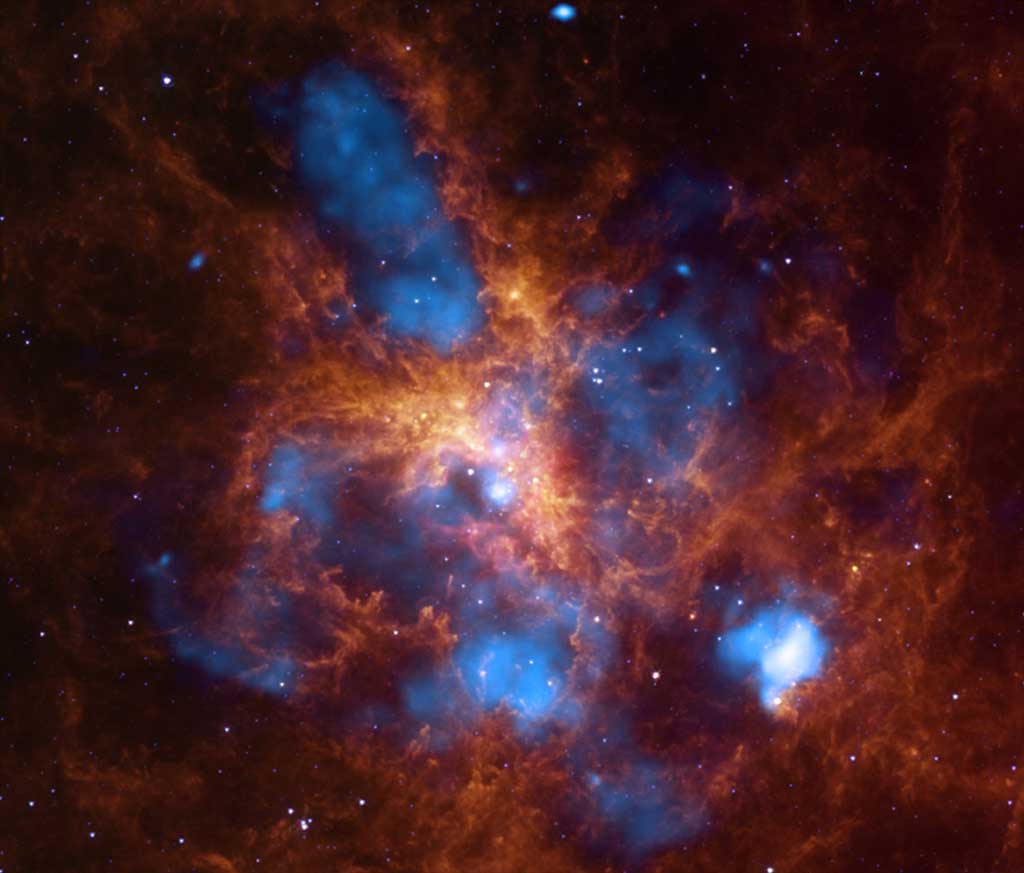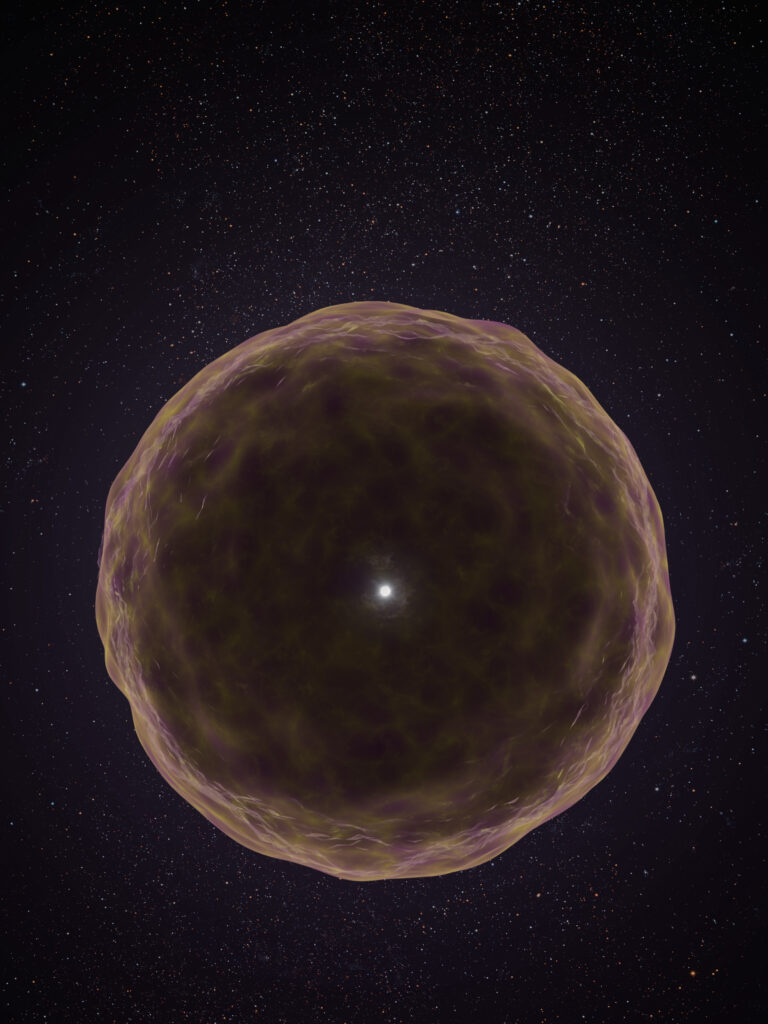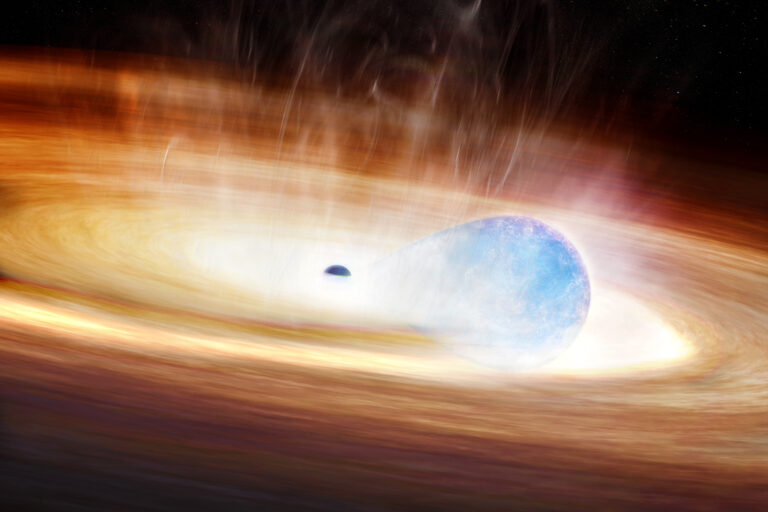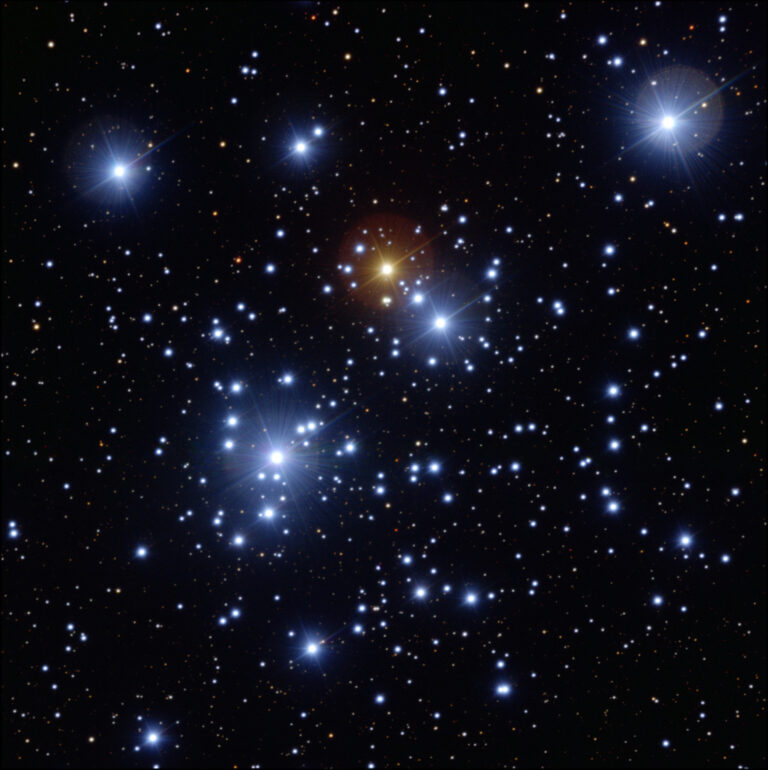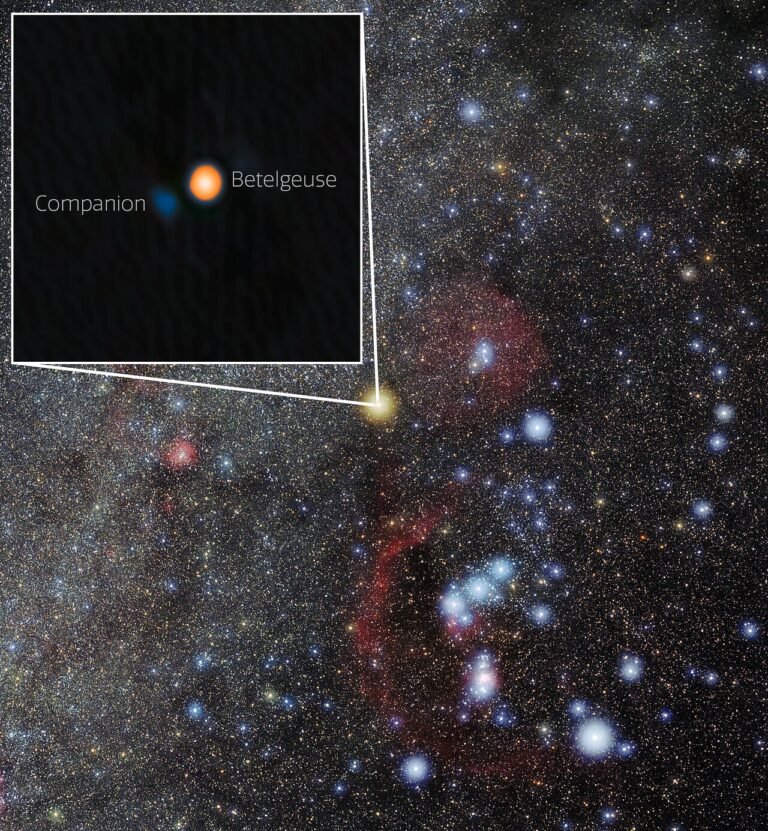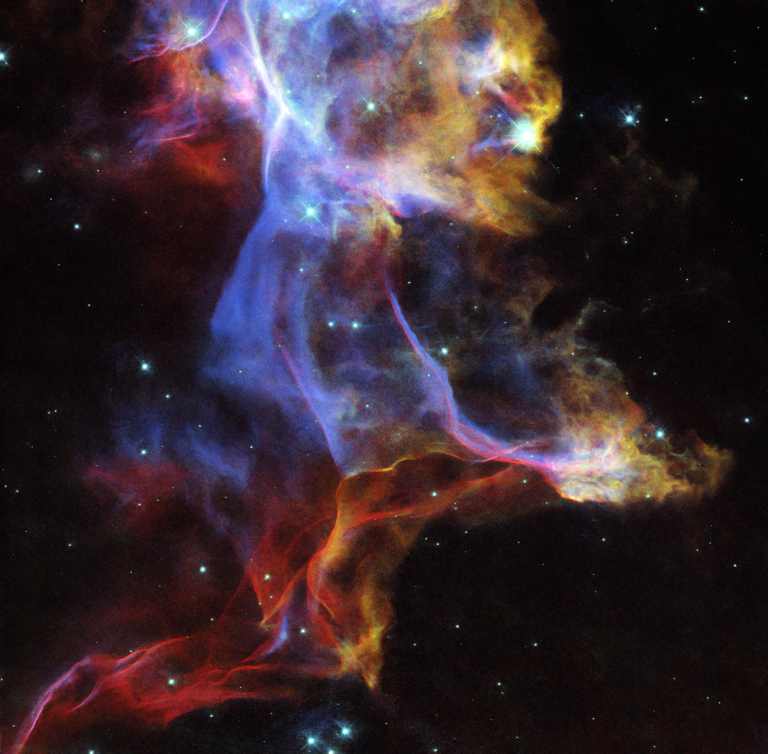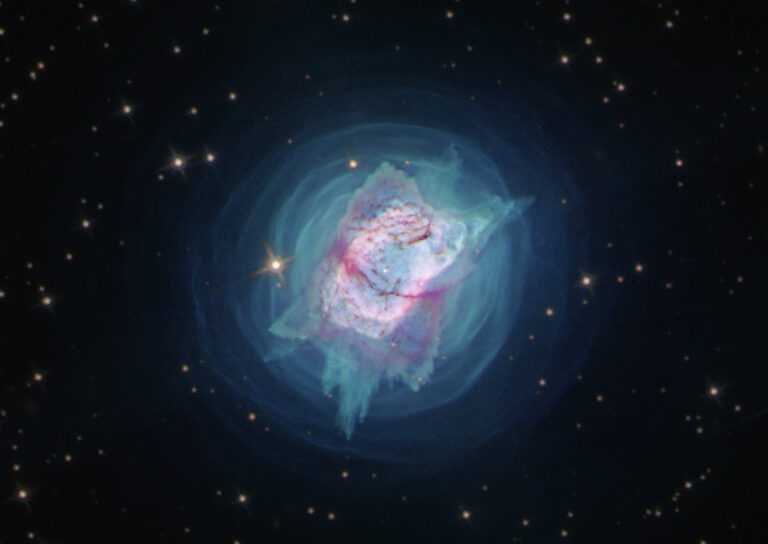Key Takeaways:
One of the largest star-forming regions near us is 30 Doradus — also known as the Tarantula Nebula — located in the Large Magellanic Cloud. Some 2,400 young massive stars within the nebula emit intense radiation, which blows away neighboring material. X-ray: NASA/CXC/PSU/L. Townsley, et al.; Infrared: NASA/JPL/PSU/L. Townsley, et al.
All stars are born in clusters out of cold molecular clouds. Within each cluster, the formed stars occupy a range of stellar masses. Typically, stars with the mass of the Sun outnumber those some eight times heavier by about tenfold. This distribution of stellar masses is called the initial mass function (IMF), and astronomers have found that it appears to be a universal value.
Not all star-forming regions, however, appear to be creating massive stars. Only the most giant molecular clouds that contain sufficiently high-density “cores” show signs of massive stars. Inside these dense cores, the gas collapses under its own gravity. For massive stars, this process is significantly faster than for solar-type stars and occurs in a region where more material is available. Observations suggest that a large circumstellar disk of matter forms around the baby massive star. Such a disk could facilitate the continuing accretion of material onto the star, allowing massive suns to form despite the hostile environment of high-energy radiation and strong stellar winds. Astronomers are working to figure out the details of this process.
Not all star-forming regions, however, appear to be creating massive stars. Only the most giant molecular clouds that contain sufficiently high-density “cores” show signs of massive stars. Inside these dense cores, the gas collapses under its own gravity. For massive stars, this process is significantly faster than for solar-type stars and occurs in a region where more material is available. Observations suggest that a large circumstellar disk of matter forms around the baby massive star. Such a disk could facilitate the continuing accretion of material onto the star, allowing massive suns to form despite the hostile environment of high-energy radiation and strong stellar winds. Astronomers are working to figure out the details of this process.
So what sets the upper limit to stellar mass of around 150 solar masses? We long thought the maximum value resulted from stellar instability above a certain mass (related to the “Eddington limit”). Now we recognize that only a certain amount of matter has time to fall onto the forming star through the disk before the increasingly hostile environment destroys the surrounding ring of material.
Kim Arvidsson
Adler Planetarium, Chicago
Adler Planetarium, Chicago

